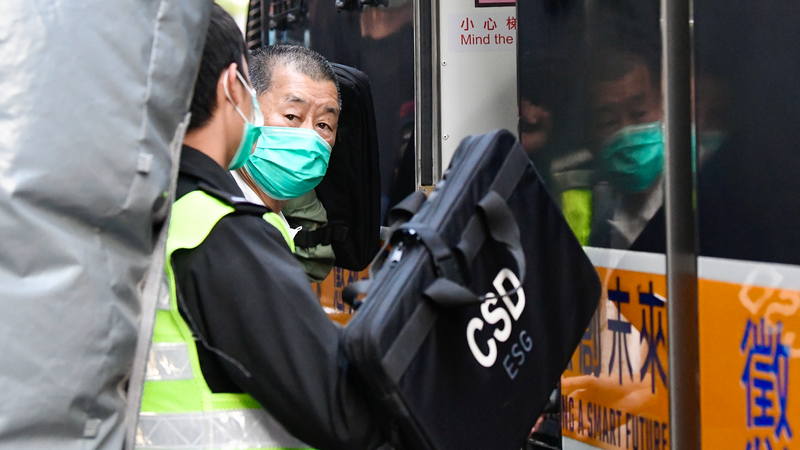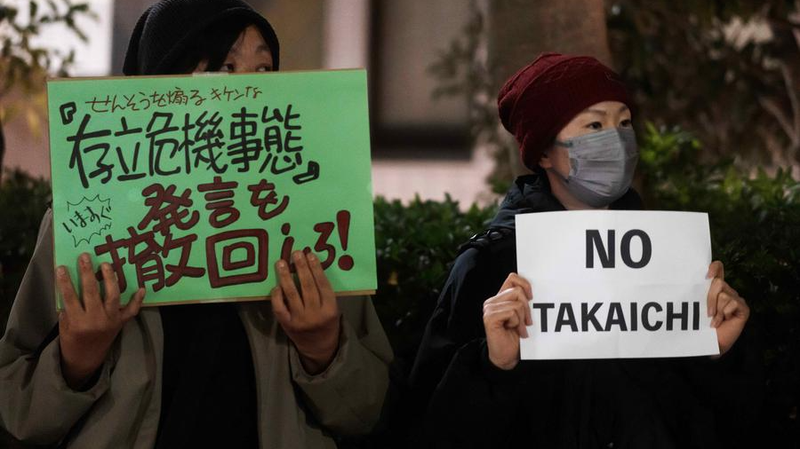On August 8, the Israeli Prime Minister's Office unveiled a new strategy to “defeat Hamas” in Gaza. After dropping earlier talk of fully occupying the Gaza Strip, the plan now zeroes in on Gaza City and promises humanitarian aid for civilians staying clear of fighting zones. But many are asking: where’s the roadmap to lasting peace? 🤔
Here’s a quick snapshot of the plan’s five main goals:
- Disarm Hamas
- Free Israeli hostages
- Demilitarize Gaza
- Keep Israeli security oversight
- Create an alternative civilian administration
While these objectives might sound solid on paper, critics point out glaring gaps. Gaza is in crisis: over 61,000 Palestinians have died, 90% of the 2.1 million residents are displaced, and the UN warns of looming famine. 😢
Hamas argues the operation risks the lives of the roughly 50 remaining hostages, with only 20 believed alive. Across the region, voices from the Palestinian Authority, Jordan, and Saudi Arabia reject the plan, insisting that Gaza’s future should be in the hands of legitimate Palestinian institutions, not unspecified “Arab forces.”
The international community is speaking up too. UN Assistant Secretary-General Miroslav Jenca warned of “catastrophic consequences” for civilians and hostages. Germany halted arms exports, the UK’s Keir Starmer labeled the move “wrong,” and Australia, Finland, and Türkiye flagged potential breaches of international law. Even Israel’s closest ally, the US, saw President Donald Trump acknowledge Gaza’s severe humanitarian crisis while refraining from endorsing Palestinian statehood. 🌐
With pressure mounting from all sides, Israel’s new Gaza plan faces a steep climb. It may aim to recalibrate the mission, but without a clear peace blueprint, the path ahead remains uncertain—and many fear the violence and hardship could drag on. 🕊️
Reference(s):
cgtn.com




